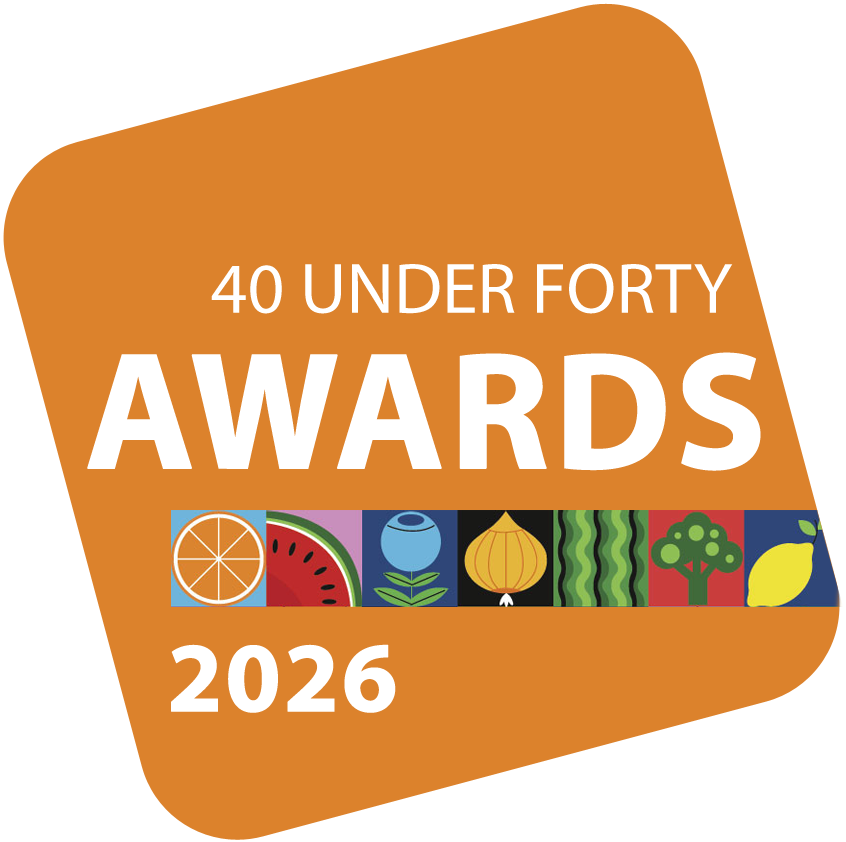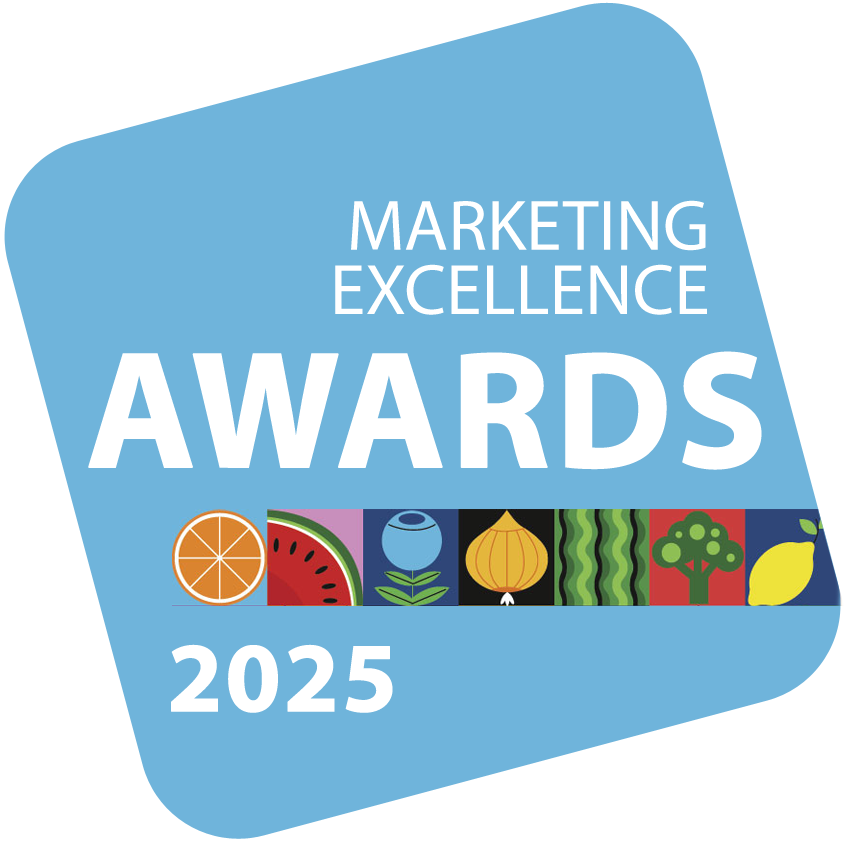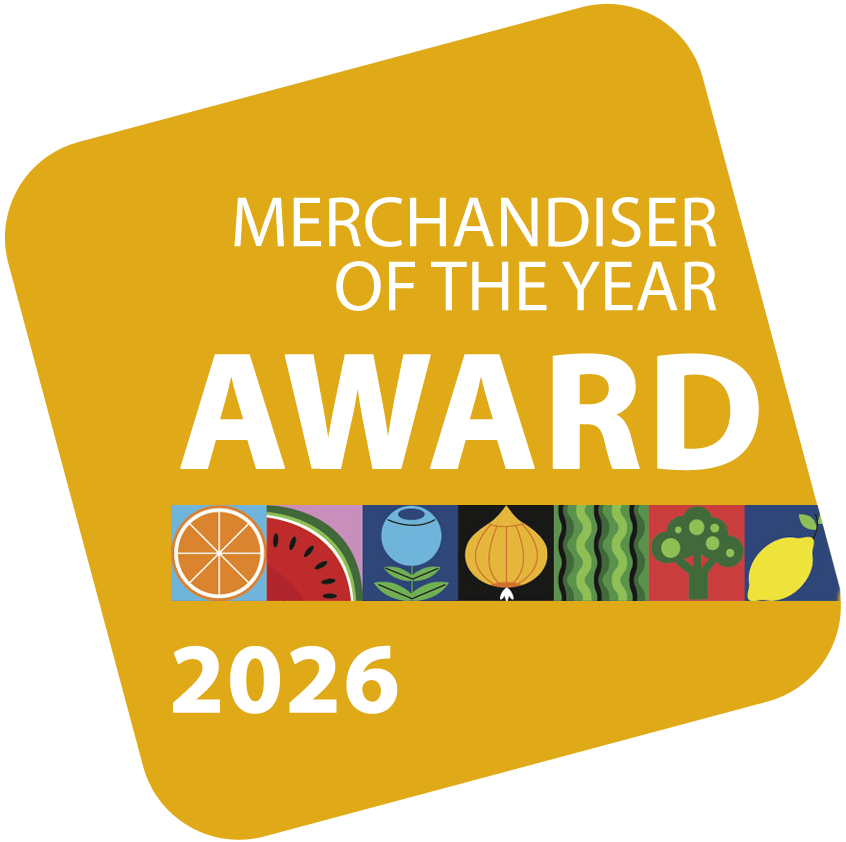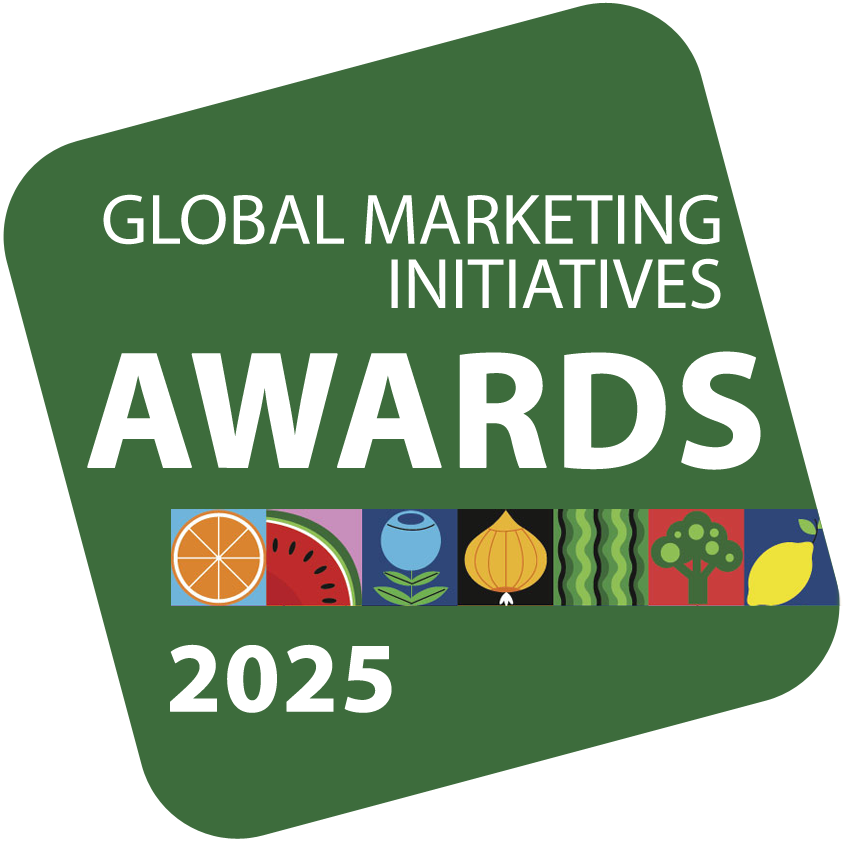Cover Stories
Top 10 New Product Innovations
With a focus on Product, Packaging and Process, Produce Business presents the 10 top-scoring entrants and leaves it up to the industry to decide which item merits the annual Joe Nucci Award for Product Innovation.... Read more
November 7, 2025 | 5 min to read








